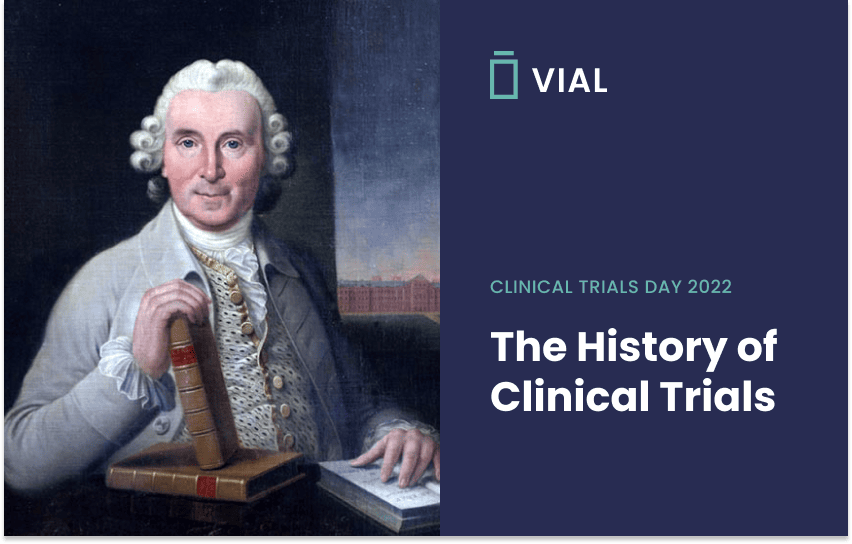Clinical trials have been a part of the medical landscape for 275 years, creating opportunities for physicians to find viable treatments for a range of conditions. Along the way, there have been challenges but also triumphs. The clinical trials of decades – or even centuries – past brought the industry to where it is today.
In recognition of Clinical Trials Day, here’s a look at the history of clinical trials.
Dr. James Lind’s Scurvy Trial – 1747
Generally considered the first controlled clinical trial in modern times, Dr. James Lind sought out a viable treatment for scurvy. He came face-to-face with the condition while working on a ship as a surgeon in 1747. Clinical Trials Day is held on May 20th every year to commemorate the day Dr. Lind began the trial.
Looking for a solution to avoid the high mortality rate or scurvy among sailors, he divided a group of those with scurvy into different groups and had each group follow a particular regimen. During this trial, he determined oranges and lemons (sources of vitamin C) gave the best result, creating a way to keep sailors safe from scurvy in the years to come.
First Placebo – 1800s
Placebos are a powerful tool in a clinical trial setting, making it easier to assess the genuine impact of a drug. The term first entered the landscape in the early 1800s, including the 1811 edition of Hooper’s Medical Dictionary. However, the first known use of a placebo in a clinical trial didn’t occur until 1863, when Dr. Austin Flint coordinated a 13-person trial for rheumatism that involved a placebo.
Federal Food, Drug, and Cosmetic Act – 1938
After the Sulfa Craze of 1937 – where sulfonamide drugs were produced en masse without oversight, leading to 107 deaths relating to improperly prepared sulfa – the government replaced the Pure Food and Drug Act of 1906 with the Federal Food, Drug, and Cosmetic Act of 1938. It outlined requirements for new drugs to ensure safety before releasing them to the market.
First Double-Blind Clinical Trial – 1943
Looking for a treatment for the common cold, the Medical Research Council (MRC) in the UK conducted the first double-blind clinical trial. A strict process ensured the treating physician and patient weren’t aware of whether the target treatment – patulin, a penicillium patulinum extract – was being administered. While the study itself didn’t prove patulin as an effective option, it did serve as a foundation for future double-blind clinical trials.
First Randomized Curative Trial – 1946
While randomization was initially introduced as a concept in 1923, it wasn’t until 1946 that the first randomized curative controlled clinical trial took place. The MRC conducted a streptomycin trial which was highly systematic in nature, using allocation concealment and objective monitoring approaches, improving the quality of the collected data. The strategy – while breaking from current norms – quickly became the framework for clinical trials moving forward.
Nuremberg Code – 1947
During World War II, horrific, unscientific, and non-consensual experiments were performed on prisoners by the Nazis. While the Nuremberg Trials were underway, a separate “Doctor’s Trial” was held specifically for physicians who conducted said experiments.
Dr. Leo Alexander outlined six points – later expanded to ten – that defined genuine medical research, giving the War Crimes Counsel a basis for assessing the actions of the physicians on trial in regards to their treatment of prisoner human subjects. Those points became known as the Nuremberg Code, creating an official, broadly-accepted set of guidelines for what medical research should or shouldn’t involve. Some of the points include voluntary and informed consent, the ability for patients to exit studies, and no unnecessary physical or mental harm.
Are You Looking for More Insights?
As part of the medical research and clinical trials community, Vial understands the importance of not just staying informed regarding industry happenings but also sharing beneficial information that can help the sector thrive. Follow us on LinkedIn to stay up-to-the-minute on everything occurring in the world of medical research and clinical trials.
Photo: James Lind, Public Domain



